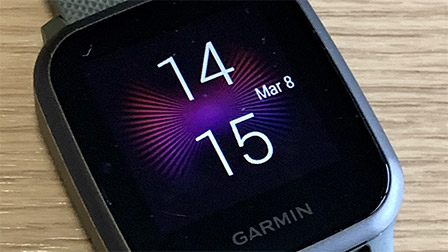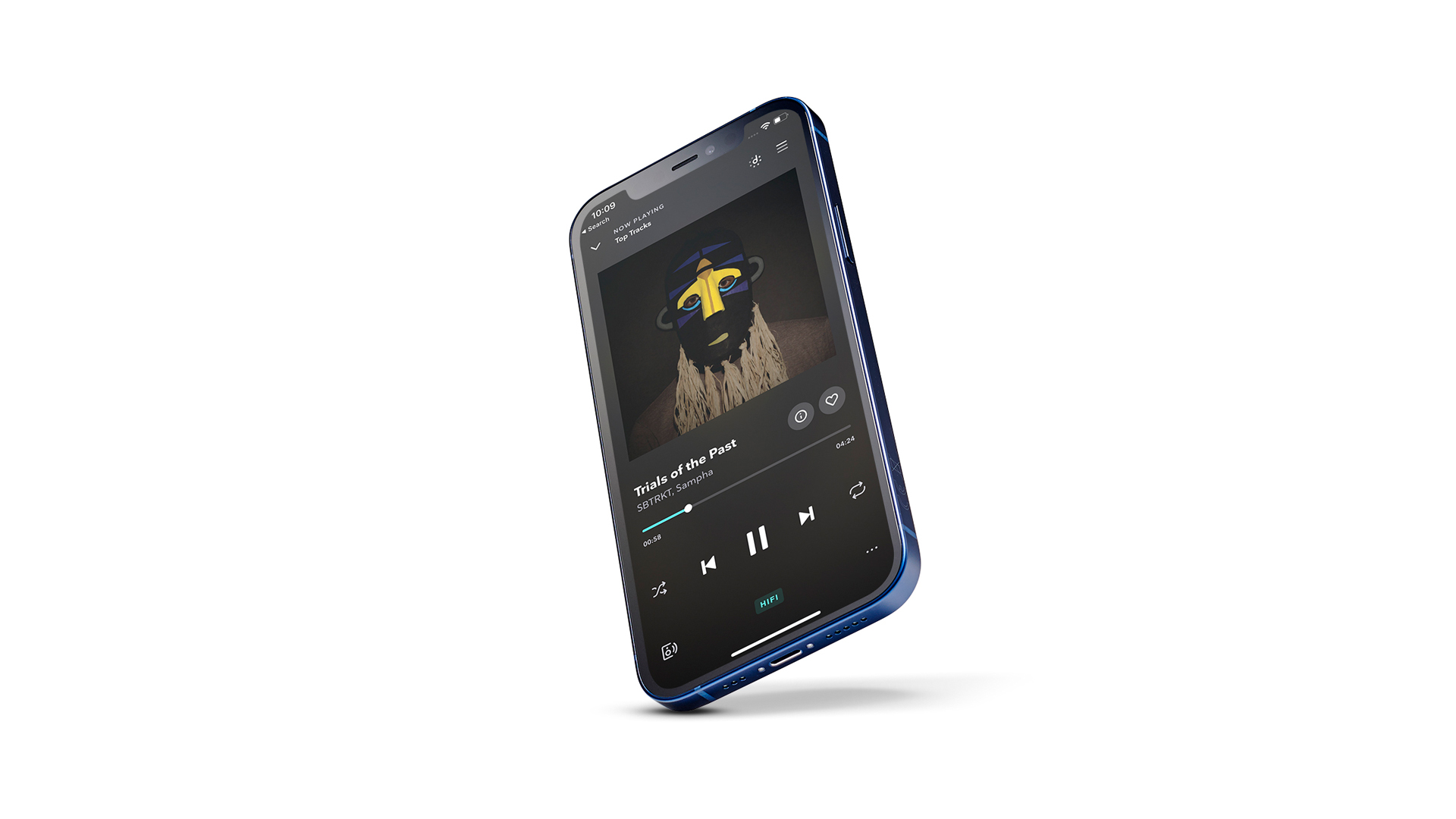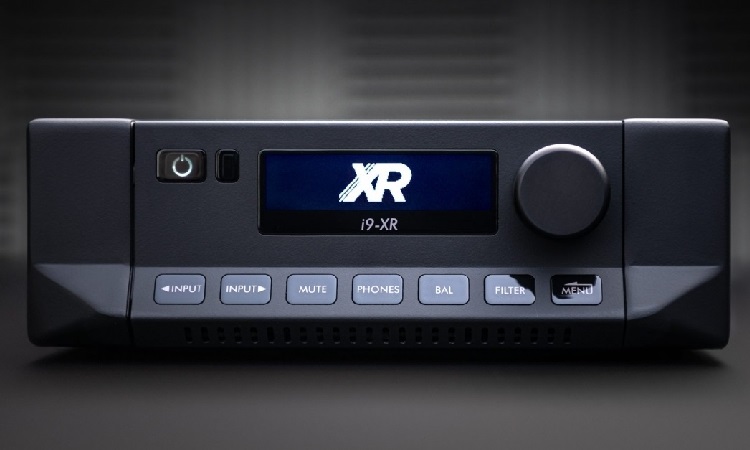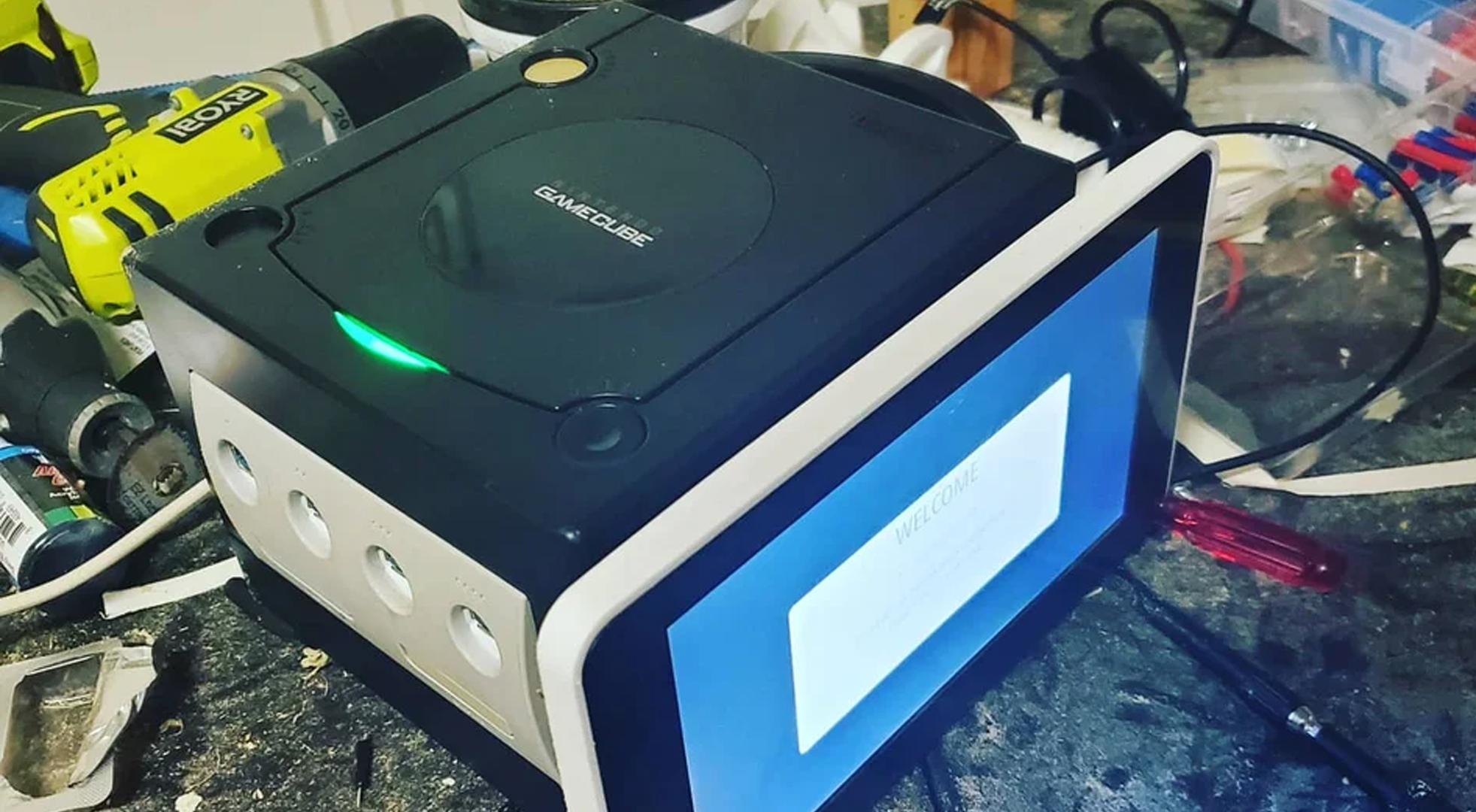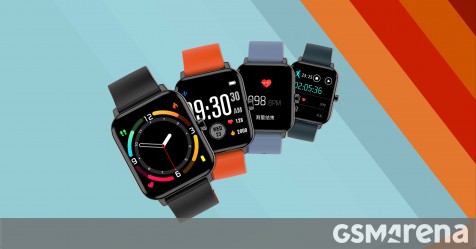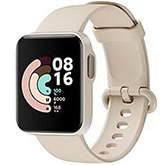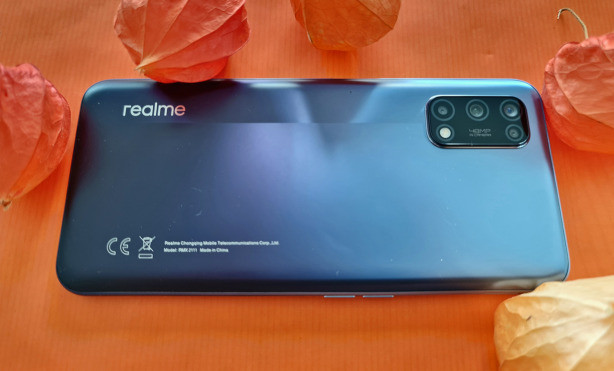Remind Apple Watch for exterior design but under the shell they have the DNA of Garmin products: Venu SQ and Venu SQ Music are the new smartwatches of the American company that, in the face of very interesting prices, allow the passionate sportsman to keep track of their outdoor activities by monitoring during the day your state of health
by Paolo Corsini published on 14 December 2020 in the Wearables channel
Garmin
Venu SQq and Venu SQ Music: the differences with Venu standard
Among the smartwatches offered for sale by the various manufacturers there are significant differences in terms of technical characteristics and approach to the market. If some of the features accumulate the great majority of the proposals on sale, such as the integration of GPS and optical heart rate sensor, for others it is the decision of the specific manufacturer to lean in one direction or the other. Some models are more oriented to being tools for sports activities, while others still the optimization is aimed at notifications and the use of APPs directly from the wrist. Finally, we find some proposals that straddle these two categories, wanting to be valid tools for the sportsman but at the same time not giving up the practicality of a touch screen.
This is the case of Garmin’s Venu SQ range, the most recent proposal of the American company in the smartwatch sector focused on a 1.3-inch diagonal touch screen and which does not give up the typical DNA of Garmin products designed for sport.
Venu SQ on the left; Venu right
With an official price list of 199 €, figure that rises to 249 € for the Venu SQ Music version, this new smartwatch is positioned in the mid-range segment of the market alongside the first Venu smartwatch which remains on the official list at the figure of 349 € (but on the market it is offered at figures close to 300 €). The two proposals are easily distinguishable: the newcomer uses a rectangular-shaped screen while the standard Venu has a circular screen.
In addition to the shape of the screen and the lower cost, there are other elements that characterize and differentiate Venu from Venu SQ:
- Venu’s screen is AMOLED type; in Venu SQ we have switched to an LCD screen that is always in color; Venu’s screen diameter is 1.2 inches; for Venu SQ the screen diagonal is 1.3 inches;
- Garmin declares a range with active GPS of 14 hours for Venu SQ, value that increases up to 16 hours for Venu;
- the standby time remains unchanged at 6 days for both models;
- both Venu and Venu SQ maintain a screen with touch functionality and two buttons on the right side;
- Venu integrates a barometric altimeter, not present in Venu SQ instead of this reason cannot keep track of the stairs walked per day. The altimetry of outdoor training sessions is indicated using the GPS track altitudes;
- both integrate optical heartbeat sensor with PulseOX, for detecting the level of oxygen saturation in the blood;
- both are equipped with a GPS sensor with GLONASS and Galileo support;
- Venu and Venu SQ Music are equipped with a memory of about 3.4GB to store music tracks, also integrating support for streaming services such as Spotify and Deezer ;
- both support contactless payments via Garmin Pay service;
- Venu and Venu SQ are able to monitor the progress of sleep, the number of breaths per minute and in general daily activities in motion which are carried out;
- allow connection to external sensors ( as a heart rate monitor) via standard ANT + and Bluetooth Smart;
- allow you to load preset training sessions from Garmin Connect.
The front of Venu SQ closely resembles that of Apple Watch: it is a very simple design, in which the rectangular screen with a 1.3-inch diagonal obviously stands out. Garmin has also integrated two side buttons, useful for navigating the various menu options but above all to safely manage the execution of outdoor or indoor sports activities without having to interact with the touch screen.
In the back stands the Garmin Elevate optical sensor, which is also able to detect the level of oxygen saturation in the blood. The connector for the charging cable is the standard one adopted by Garmin in its most recent smartwatches, including Venu: the supplied cable ends at the other end with a traditional USB Type-A connector. The smartwatch is very compact, with a limited thickness and a weight less than 40 grams. The supplied strap can be easily removed and replaced with others by the same step as 21 mm.
Venu SQ is set by default with the screen automatically off after a few seconds, so as to preserve the batteries; It is possible to configure the always on mode from the menu which obviously has an impact on the operating autonomy.
Many disciplines to monitor, with summary widgets
From the settings menu it is possible to select which sports activities can be activated from the menu, as well as configure the widgets that the main screen will propose to the user. The approach is the mirror image of what is implemented in the other Garmin sports watches, albeit with differences in graphic terms linked to the rectangular shape of the screen against the circular one that characterizes most of the models of the American company. The sporting activities available are decidedly numerous and meet the needs of all the passionate users:
- race
- Tapis Roulant
- indoor track
- bike
- indoor bike
- indoor walking
- pool
- golf
- sci
- snowboard
- cross country skiing
- SUP
- weights
- cardio
- yoga
- pilates
- breathing exercises
- elliptical
- step
- rowing
- rowing machine
The configurable widgets are just as complete:
- my day
- health statistics
- chronology
- heart rate
- body battery
- hydration
- calendar
- weather
- notifications
- music
Interesting presence of the body battery widget, a feature introduced with the most recent Garmin smartwatches that provides an estimate of the energy reserve level, from 100 to zero, that the user has available and that it turns out to be useful during the day in its various moments: in the morning to understand how much you have recovered during the night’s rest, in the evening how tired you are from the activities carried out during the day.
my day – health statistics
By swiping upwards on the touch screen you access the “my day” screen, which provides information on the level of activity that has taken place up to now. The next screen is that of the health statistics, with which you have summary indications on instant heart rate, number of breaths per minute, body battery and instant stress level. All this information is then accessible from your smartphone thanks to the Garmin Connect App, useful for checking the historical trend (example: the level of stress accumulated over the last few days). Some of this information, such as sleep quality analysis, is only accessible from Garmin Connect and cannot be viewed directly on the smartwatch.
While running of a sporting activity it is possible to view data from 3 different screens, each of which offers a maximum of 3 data. At the end of the activity Venu SQ offers a series of information and statistics that allow us to evaluate what we have done and with what intensity, data that we will find in greater detail in the corresponding Garmin Connect screen on our smartphone.
For whom h if you have already used a Garmin product in the past, nothing substantially new, therefore: you find yourself in a familiar environment, in which it is easy to configure the various options. The graphic style adopted is certainly less sophisticated and refined than that of the higher-end Fenix and Forerunner models, resulting in a slightly “retro” visual impact: nothing that compromises usability, but you can definitely do better in this. scope.
The graph shows the heart rate trends recorded with the Garmin HRM-PRO heart rate monitor, connected to a Garmin Forerunner 676, and with the integrated optical sensor in Garmin Venu SQ. The behavior of the latter was overall very close to that of the chest heart rate monitor, with some differences evident especially in the final part of the training session. The optical sensor recorded a pulse peak that lasted about 1 and a half minutes, a period in which the heart rate did not change.
The average data recorded by Venu SQ was equal to 160 beats per minute, against a value of 159 beats per minute of the chest heart rate monitor. Overall, therefore, very limited differences as an average, with a slightly different instantaneous behavior which, moreover, confirms how the optical heartbeat sensor provides a good representation of how our heart is working during training but not with a level of precision comparable to that of a chest band.
In this training session Venu SQ recorded, about 83 minutes in duration, a distance of 18, 16 km against a value of 18, 04 obtained with Garmin Forerunner 676. The difference is less than 1%, due to the tolerance of consumer-grade GPS devices such as these products. In other training sessions we recorded behaviors that mirror the track proposed here both in terms of heart rate and overall distance measured: marginal differences compared to the reference, with an overall behavior of Venu SQ that is almost the same as that of the older brother Garmin Forerunner 945.
A valid smartwatch for sportsmen, with an affordable cost
Venu SQ implements everything you expect from a Garmin sports watch: it provides clear indications during the course of the activity together with final summary data upon its completion. There is not the level of detail and depth that Garmin implements in the more expensive models of the Forerunner and Fenix families but in fact nothing is missing even for the most passionate sportsman. Obviously, there remains the ability to load personalized workouts, which contain different phases in terms of duration, distance and intensity: this also allows the advanced enthusiast to train following the instructions provided by the smartwatch. This is a technical element appreciated by the passionate sportsman who differentiates Venu SQ from competing products, not able to go beyond some predefined training configurations and not customizable at will.
The dimensions compact and light weight make it very practical to wear all day continuously: it is not difficult to keep it on the wrist even during the night, so as to be able to constantly monitor your health as well as the quality of night rest. The only real limitation is the lack of the barometric altimeter: this is a renunciation that has allowed the overall cost to be contained and therefore can be well supported in the light of the 199 € official price list for the Venu SQ model.
Finally, good autonomy with battery: we were able to use it for an average of 5 consecutive days between one battery charge and the other, carrying out a running activity every day with the optical heartbeat sensor and GPS activated, lasting about 1 hour at a time. By enabling the detection of the oxygen saturation level continuously, keeping the screen at maximum brightness and performing longer training sessions, the autonomy is reduced but VenuSQ is certainly not a smartwatch to be recharged every evening, or every two days, even making the most of all its features.
Between the standard version and the Music version we recommend the first: the cost of the second is 249 €, not very far from around 300 € to which it is It is possible to purchase the original Venu model that implements the same functions, but enriched with the barometric altimeter and the on-screen display mode of the gymnastic exercises provided for by your training session.
